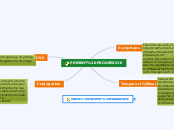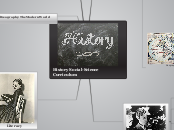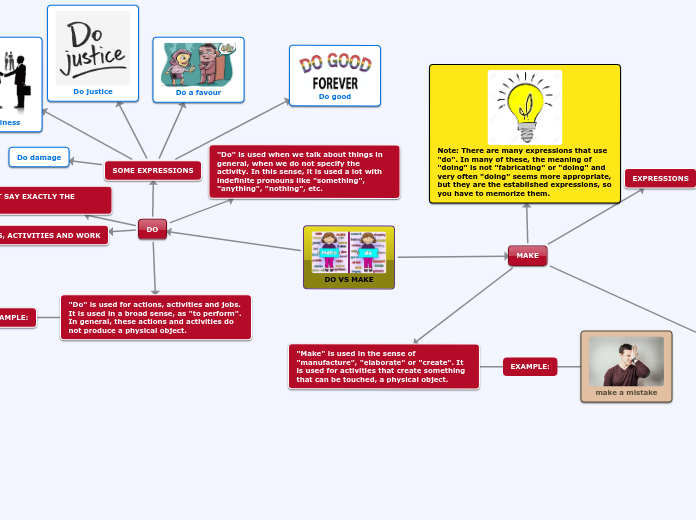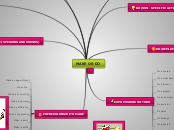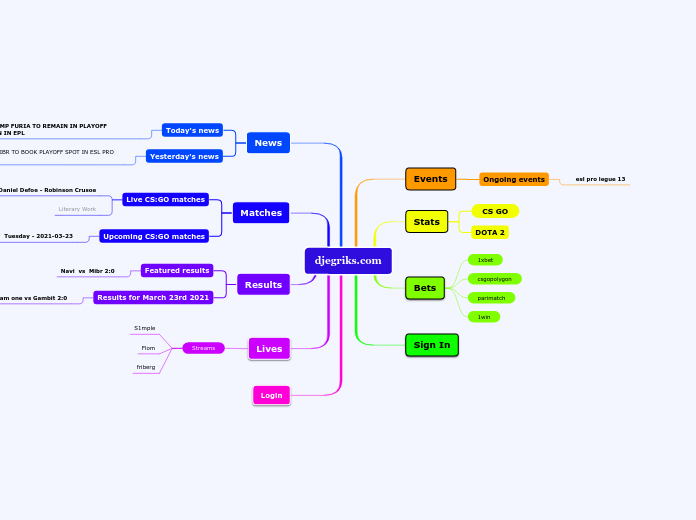av Carlos Lincango 6 år siden
229
PRESENT PROGRESIVE
The present continuous tense in English serves multiple functions, including describing actions happening right now, indicating changes or evolving situations, and referring to temporary activities.
